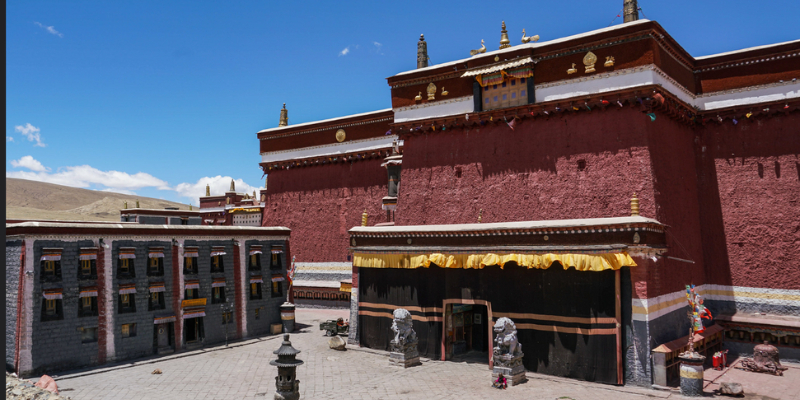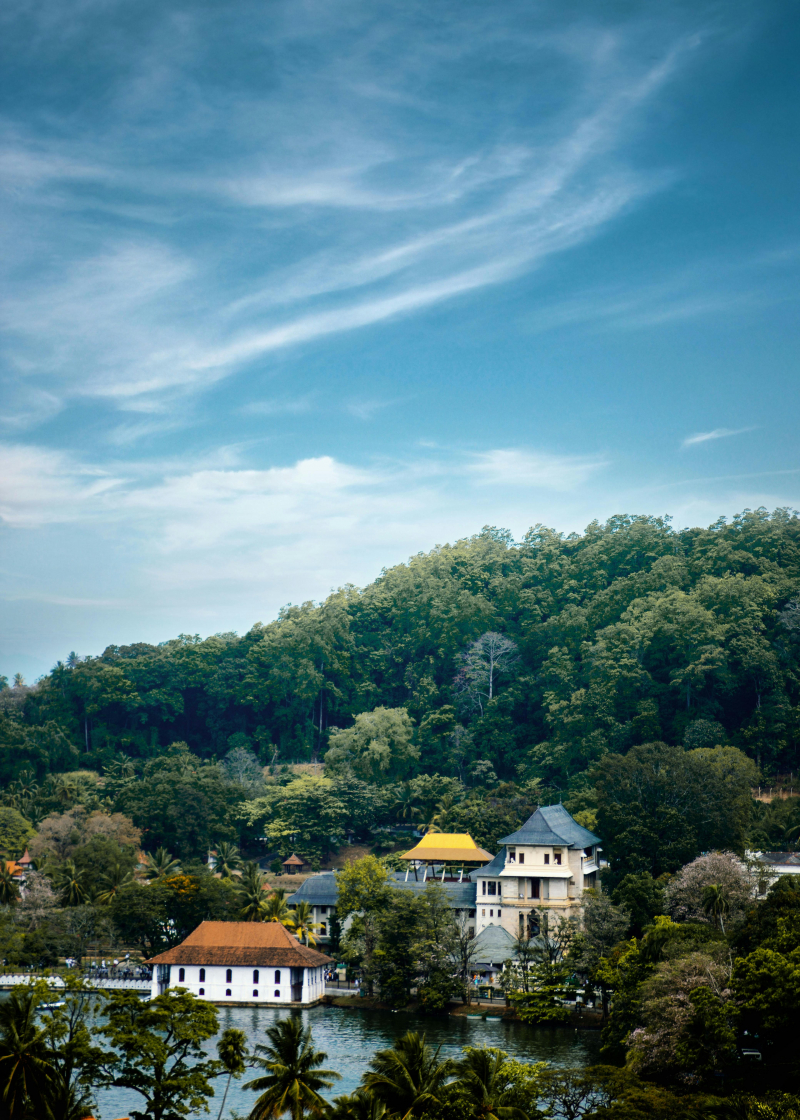Sakya Monastery

Sakya Monastery stands as a testament to the rich spiritual and cultural heritage of Tibet. This monastery is a treasure trove of history, art, and religious devotion. Sakya Monastery has played a crucial role in shaping the religious and cultural landscape of Tibet. The monastery's architecture is a captivating blend of Tibetan and Mongolian styles.
Sakya Monastery is renowned for its distinctive gray and white façade. This temple is a departure from the traditional red and white seen in other Tibetan monasteries. Sakya Monastery is divided into three main parts, each holding its unique significance. The library contains an extensive collection of Buddhist scriptures, ancient manuscripts, and thangkas that offer insights into the depth of Tibetan Buddhist philosophy.
The main assembly hall is adorned with intricate murals depicting religious stories and the lives of revered lamas. Sakya Monastery is the seat of the Sakya tradition, one of the four major schools of Tibetan Buddhism. The distinctive teachings and practices of the Sakya lineage, are characterized by a focus on esoteric rituals and advanced meditative techniques. This temple has attracted practitioners and scholars from far and wide.
Sakya Monastery comes alive during various Tibetan festivals, with the most significant being the Sakya Pandita Festival. Celebrated annually, this festival honors the great Sakya Pandita Kunga Gyaltsen, a scholar and statesman from the Sakya lineage. Pilgrims and devotees gather to participate in religious ceremonies, prayers, and traditional dances.
Phone: +86 892 824 2181
Address: Sa'gya, Xigazê, Tibet, China








